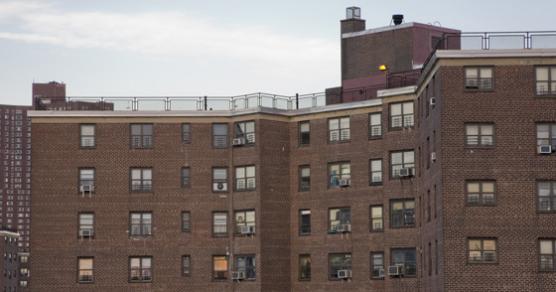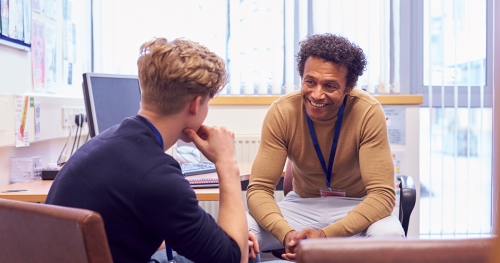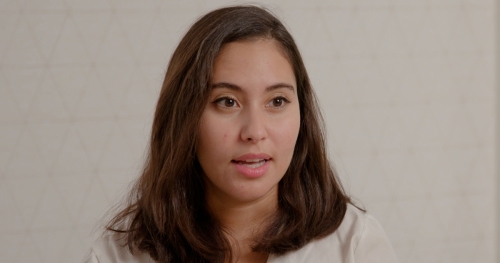Practical Advice from Richard Guare and Colin Guare
MyGoals for Employment Success

Overview
MyGoals for Employment Success is a new workforce program intended to help recipients of federal housing subsidies who are not employed find work, build careers, and advance toward greater self-sufficiency. The program incorporates an innovative employment coaching model that is informed by current literature in behavioral psychology on executive functioning skills and their relevance to economic mobility.
With an initial grant from the Laura and John Arnold Foundation and additional support from other private foundations, and in partnership with the Housing Authority of Baltimore City and the Houston Housing Authority, the MyGoals demonstration project is rigorously testing a coaching and incentives program that has the potential to improve substantially upon the impacts of other employment-related initiatives, not only for subsidized tenants, but also for other groups of highly disadvantaged adults.
Although it has broader relevance, the focus of MyGoals on recipients of federal housing subsidies, including Section 8 Housing Choice Vouchers families and public housing residents, reflects the fact that subsidized tenants are among the poorest and most disadvantaged families in America. Housing subsidies are sometimes also depicted as a “work support,” with the expectation that stable housing makes it easier to find a job and remain employed. Yet, several rigorous studies have found that housing subsidies by themselves do not improve average employment rates and earnings for low-income adults. Other studies show, however, that housing subsidies can be used effectively as a “platform” for employment and that certain work-focused interventions can improve labor market outcomes for individuals receiving those subsidies. Still, such evidence is limited, and there are no examples of interventions producing earnings gains that are big enough to help participants exit the housing subsidy system and other government transfer programs. It is thus important to experiment with bolder approaches.
Additional Project Details
Agenda, Scope, and Goals
MyGoals for Employment Success combines a highly structured, executive-function-oriented coaching model developed by Drs. Richard Guare and Peg Dawson with a new set of financial incentives, local labor market analysis, and financial coaching to support participants over a three-year period in making step-by-step progress in the labor market.
MyGoals will be tested as part of a research demonstration project with three overarching objectives:
-
Field an operating and replicable prototype of the coaching intervention developed by this project;
-
Achieve effects on participants’ employment, earnings, and receipt of housing subsidies and other government benefits that substantially exceed the impacts of other employment-related initiatives for subsidized tenants; and
-
Obtain reliable evidence of impacts on these outcomes as the program evolves.
Although the program focuses on recipients of housing subsidies, the techniques of MyGoals could also be used in other employment or self-sufficiency interventions. Project findings should therefore be of interest to a wide range of policymakers, practitioners, and researchers.
Design, Sites, and Data Sources
The MyGoals demonstration employs a randomized controlled trial to identify impacts. Nine hundred individuals will be randomly assigned to receive the MyGoals program (450 individuals) or to a control group (450 individuals) who will not receive the program services. The program will be offered to voucher holders at the Houston Housing Authority and the Housing Authority of Baltimore City, with each of these agencies serving 225 participants.
To track participants and identify program impacts, the research team will draw on employment and earnings records from the Maryland and Texas state Unemployment Insurance databases and housing subsidy data from the two participating housing authorities. The research team will also interview program staff and participants to better understand how the program was implemented and how participants used the services offered. The first report documenting early impact findings will be available in early 2020.








